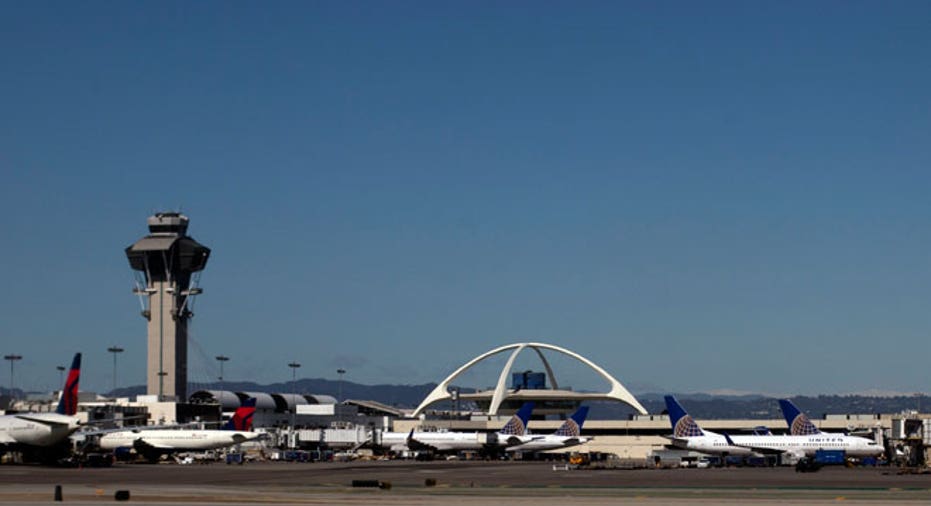Aviation Industry to Government: Cut the Red Tape

Leaders of the multibillion-dollar global business aviation industry see signs of recovery from four years of recession, they said on Monday, but they appealed to governments to ease the way ahead by cutting taxes and red tape.
The call was issued by executives from Europe and North America before the opening on Tuesday of the EBACE conference and exhibition, a major annual showcase for plane builders, equipment suppliers and service companies. The show will close on Thursday.
"The signs are encouraging," Ed Bolen, president and chief executive officer of the North American Business Aviation Association (NBAA), told reporters. "We are seeing progress in all sectors, but it is very fragile."
Fabio Gamba, CEO of EBAA, the European industry group, said:
"The difficult environment has dragged on. Traffic has yet to recover to comfortable levels, while an industry turnaround is hampered by some government policy measures."
Business aviation covers non-scheduled operations by private aircraft or fleets used to ferry corporate leaders and staff around the globe, and the plane manufacturers and support companies that provide them.
In the United States, the NBAA says, it contributes over $150 billion to the economy every year and provides over 1.2 million high-wage jobs. The EBAA says the proportionate contribution in Europe is similar.
The industry expanded with the surge in the global economy and international trade during the decade before the financial crisis of 2008-2009, but then experienced a steady fall in aircraft sales, deliveries and flights.
HARSH TAXES AND REGULATIONS
To get the industry moving again, Gamba's EBAA says "attempts to introduce unwarranted taxes" in Britain and Italy have to be thwarted, costs of air-traffic management kept down, and environmental measures made more fair.
Pete Bunce of the U.S.-based General Aviation Manufacturers Association, known as GAMA, said the regulatory climate has to improve, allowing plane builders, which include companies like Boeing, Canada's Bombardier and Brazil's Embraer, "to get their product to market quickly."
All three companies - along with France's Dassault Aviation and Cessna, Bell Helicopter, GKN Aerospace and Gulfstream - are among exhibitors displaying their aircraft at the show, alongside Geneva airport.
Embraer has flown its brand-new midsize Legacy 500 jet to put it on public display for the first time.
At the start of the global economic slowdown, the industry faced assertions that it catered to the wealthy elite and had little relevance to the lives of ordinary people hit hard as governments introduced tough austerity measures.
But its supporters - and outside analysts - say enabling decision-making executives to travel quickly to conclude deals is essential to restoring earlier levels of global trade and investment and putting the recession behind them.
"Business aviation has generated substantial and sustainable employment, and promises to be an important and unique contributor to a wider economic recovery," a recent Oxford Economics report said.
Industry officials also point to the potential for strong growth in the larger emerging economies in Asia, Africa and Latin America, as well as in China - which has already hosted an Asian equivalent to EBACE - and Russia.
In its annual forecast for business aviation issued last October, Honeywell Aerospace forecast good growth over the coming decade, with a steady surge in aircraft deliveries as the trend toward bigger plane models was consolidated.



















